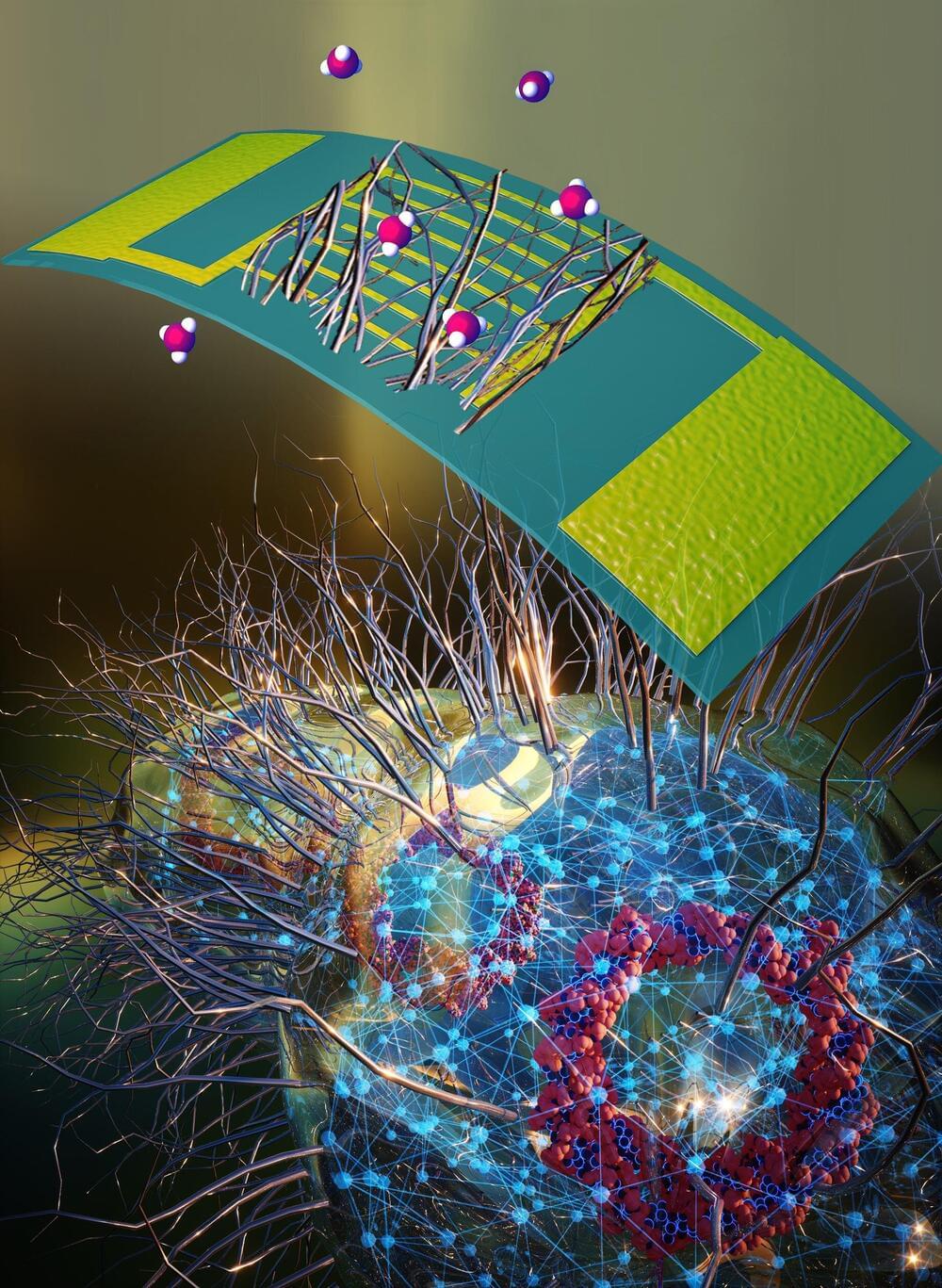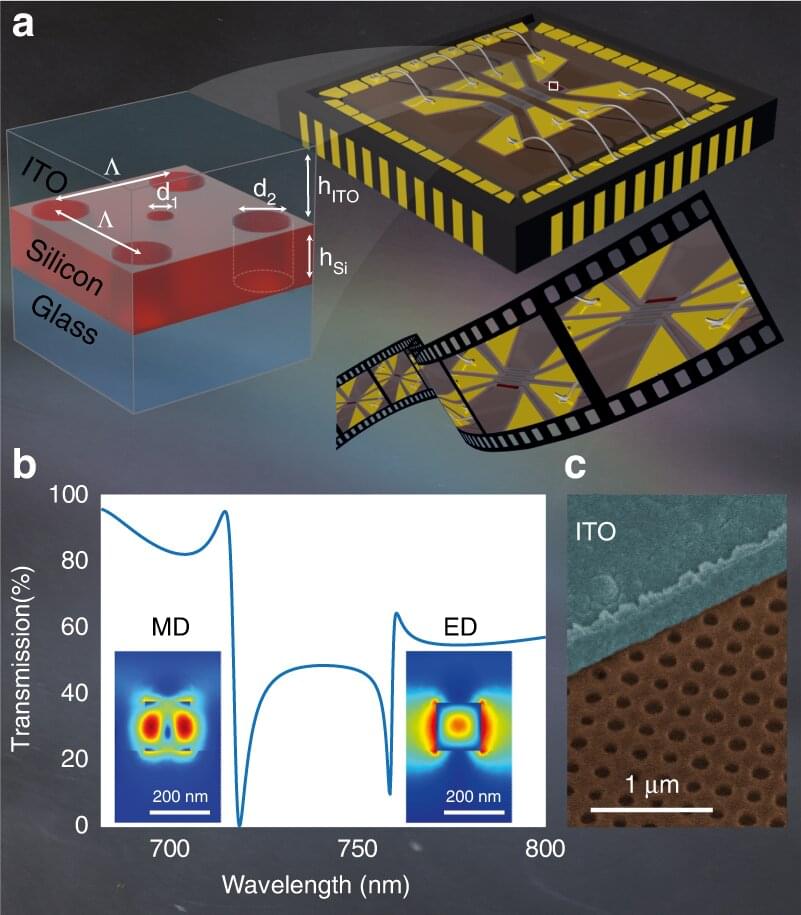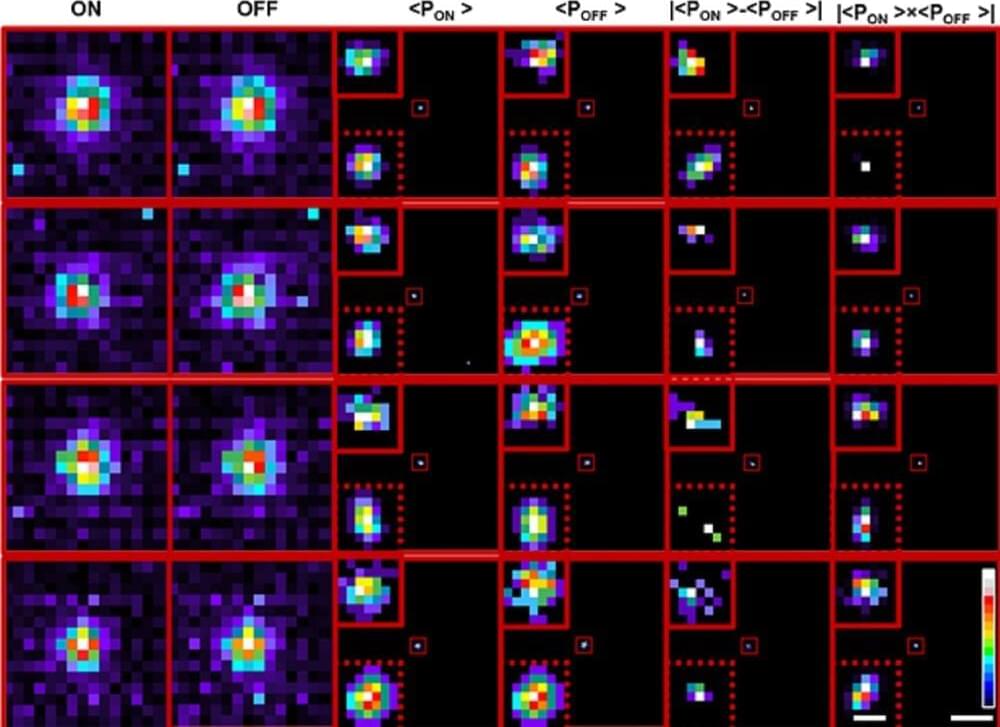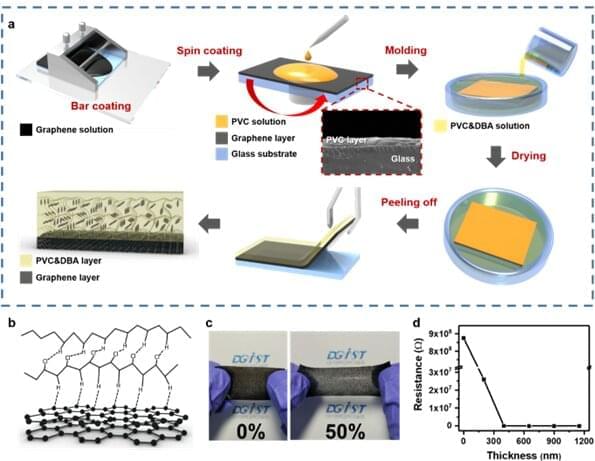Feb 27, 2023
First-of-its-kind gecko robot could one day help doctors in surgeries
Posted by Gemechu Taye in categories: biotech/medical, nanotechnology, robotics/AI
“Nature is a great source of inspiration, and nanotechnology is an exciting way to apply its lessons.”
A small robot that could one day help doctors perform surgery was inspired by the incredible grasping ability of geckos and the efficient motion of inchworms.
What is GeiwBot, the soft robot in healthcare?
Continue reading “First-of-its-kind gecko robot could one day help doctors in surgeries” »


















